The Essential DIY Tools
What hand tools do you really need to have around the house? A modest toolbox is enough to get you started for basic home improvement projects.
Every do-it-yourselfer worth his or her salt needs the right tools for the job. For some of us, that means a vast, random collection of obscure and vaguely useful tools like steering wheel pullers and flaring tools for copper tubing. My tool collection includes not only “one use” tools but also several antiques that come from my grandparents and my Dad. Just holding some of those old tools, especially the ones made by hand out of necessity, gives you a whole new perspective on the do-it-yourself mindset. Heck, when was the last time you had to make a tool you needed?
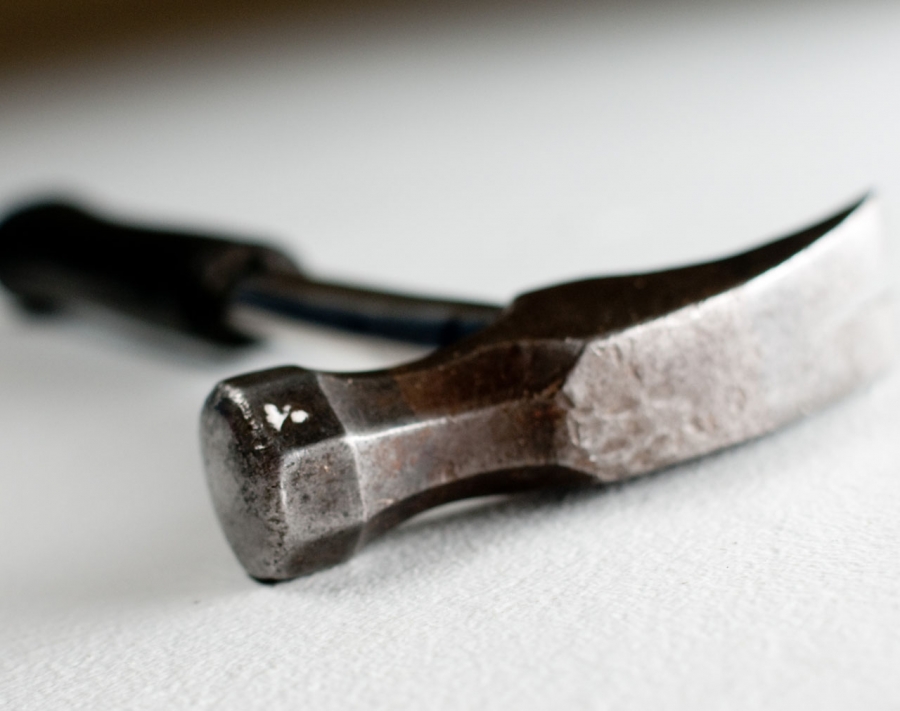 Image courtesy of Damian Wohrer
Image courtesy of Damian Wohrer
That said, there’s nothing like having the right tool for the job. Often, if you’re doing a job yourself, you can justify buying a new tool – like the time I bought a diamond wet grinder to finish off the concrete countertops in my kitchen. The cost of materials, including the new grinder, was far less than hiring a pro or buying granite, so I came out way ahead in the end. And I’ve got a new grinder for other projects. Pretty good deal.
But maybe you’re new at the do-it-yourself game – that’s okay. A journey of a thousand miles begins with a single step. If you’re wondering what you need to get started on the road to self-reliance, here’s a list of indispensable tools that should be in every DIY newbie’s tool box.
Safety Gear: When we say “Safety First,” we mean it. Safety glasses, ear protection, gloves, and a dust mask will get you through most jobs. Don’t just buy ‘em, use ‘em!

Hammer: Both of my hammers came from my Dad. No need for a gigantic framing hammer here – opt for a 16-oz version with a fiberglass/synthetic handle. You’re going to have this a long time, and you’ll be able to pass it down to the next generation of DIYers.
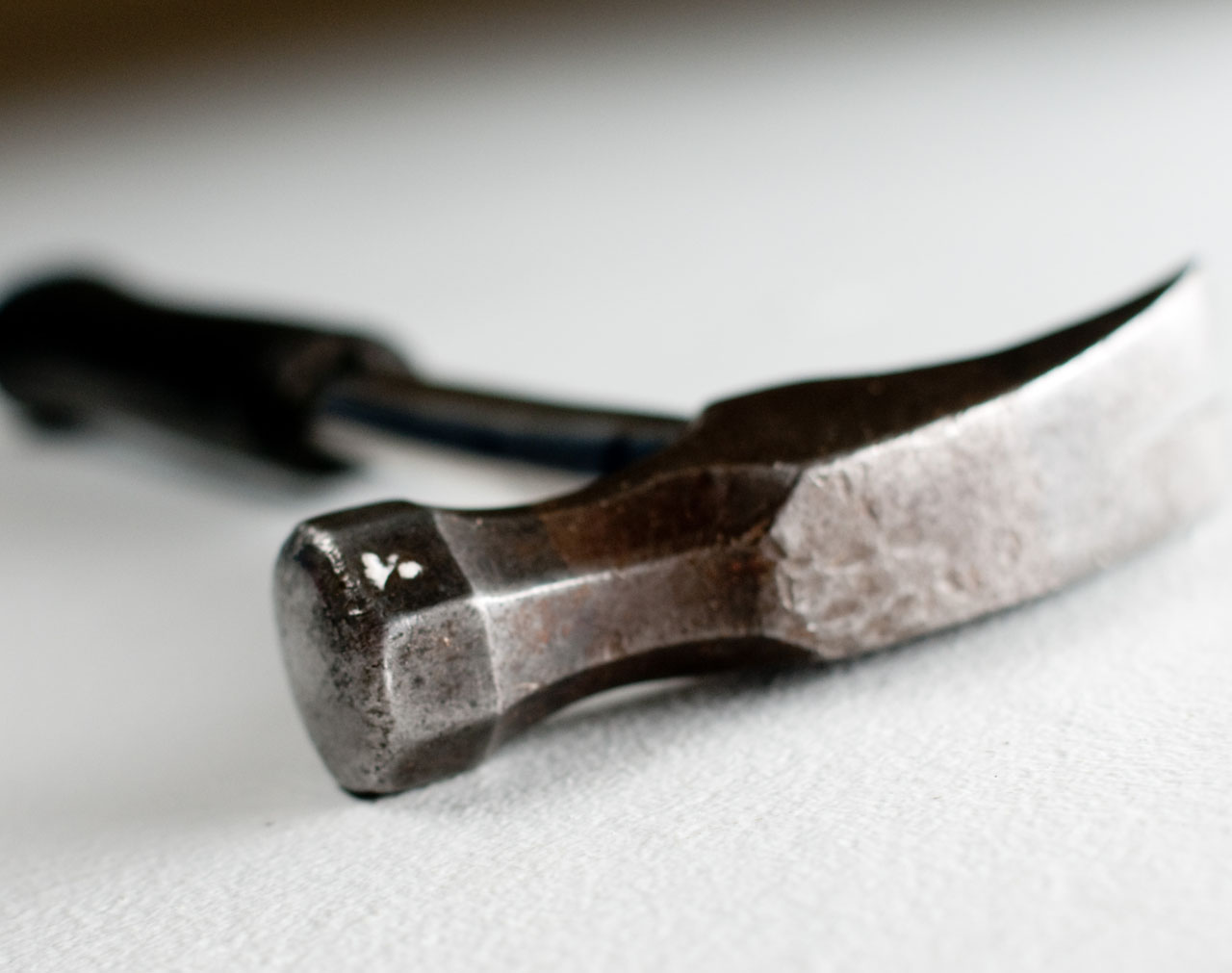
Screwdrivers: Two sizes each of flat and Phillips will take care of most jobs. If you want to get fancy, get a ratcheting handle, which will allow you to interchange drivers just in case you find yourself with a star, hex, or square drive screw. All of these types of fasteners are far more common than they used to be.
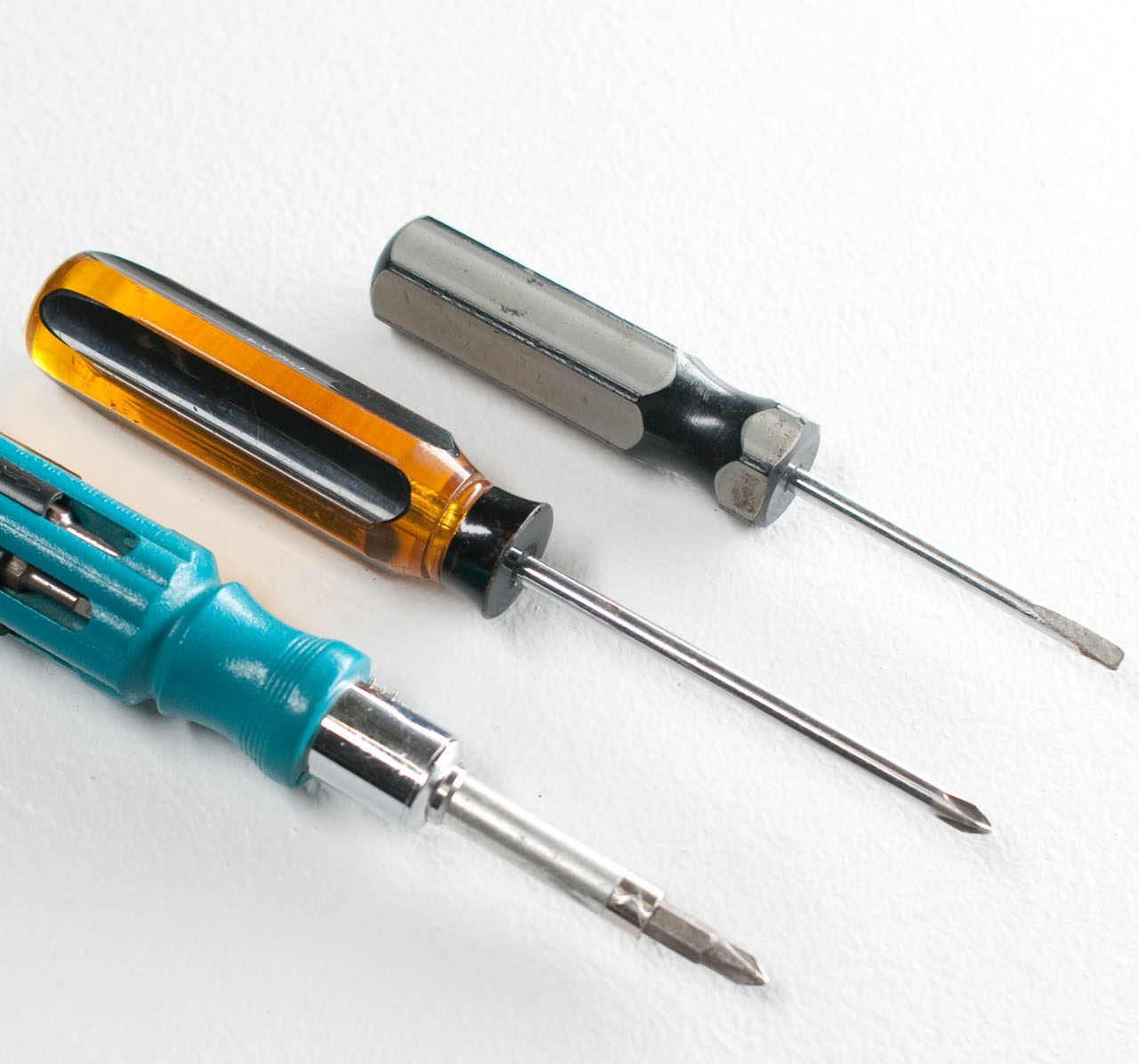
Pliers: A pair of standard pliers and a pair of needle-nose pliers will get you through most jobs. Add a couple of pairs of locking pliers to that list if you want to get really fancy; alternatively, one of my favorite tools is a set of channel lock pliers. They’re good for a variety of holding/torquing jobs and typically have longer handles for better leverage and a mouth that opens wide.

Utility Knife: This is a very simple, but useful, razor knife with a retractable, replaceable, double-sided blade. For a couple of extra bucks, buy the “quick change” type for the easiest blade change.
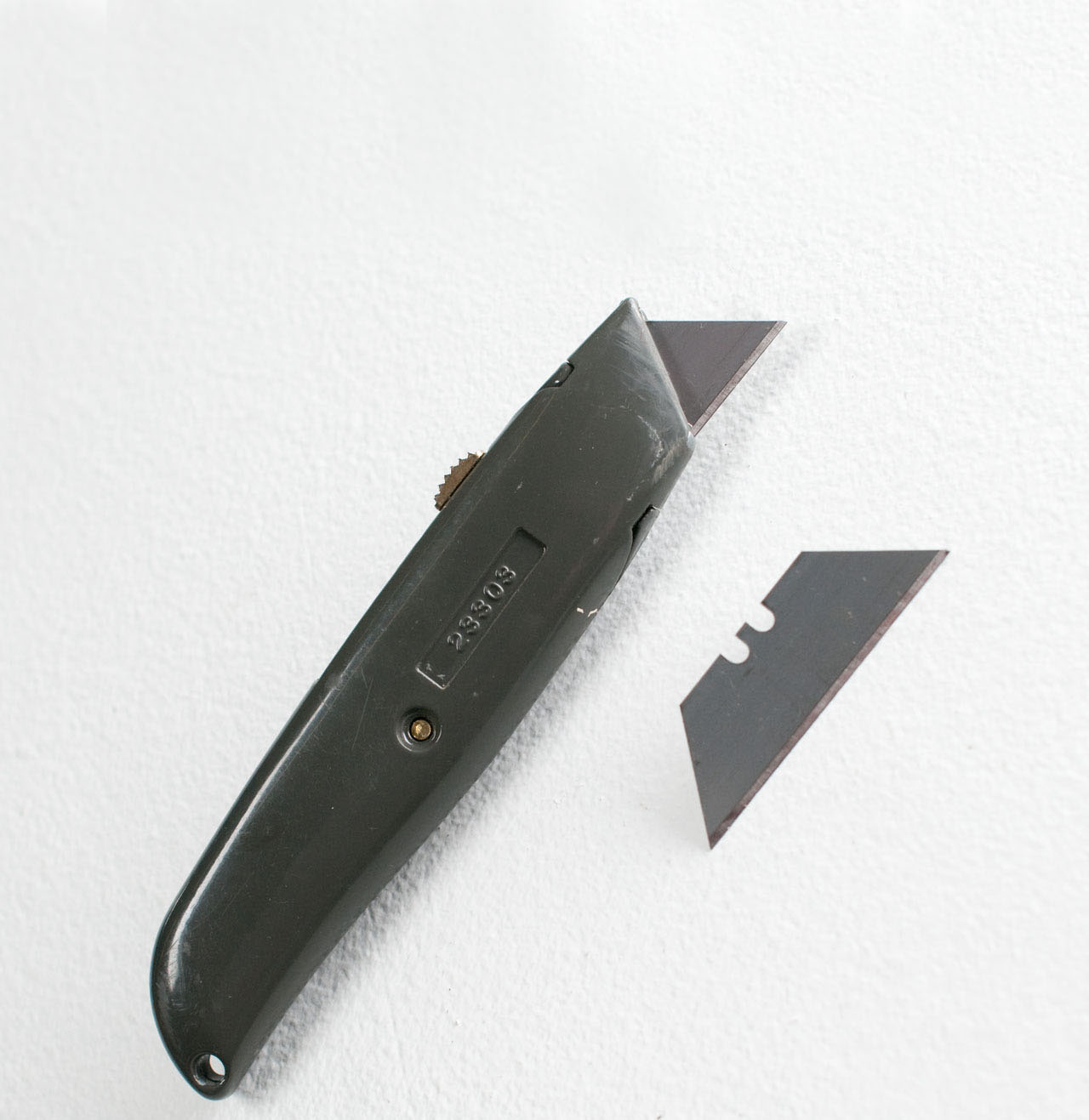
Tape Measure: If you only get one, a 25’ tape will do the trick. Look for a tape’s “standout” length, which is how far the tape will extend from the housing before it collapses – this is handy when you’re trying to get a measure of something tall and away from your body, or when you’re working alone.

Adjustable Crescent Wrench: Having two of these, a smaller and a larger, is the best bet to start off. Often you need one wrench to hold one side of a plumbing connection, for example, and the other to tighten. If you expect to be doing a lot of plumbing, you may want pipe wrenches, too.

Torpedo Level: This short level is useful for small jobs like leveling your washing machine or hanging a picture. It will also fit in your toolbox. Generally speaking, the longer the level, the more accurate the reading – you wouldn’t want to build a house with a torpedo level alone. I own a couple of torpedo levels, a 2’ and a 4’ level.

Quick Clamps: An extra set of hands is always... well, handy. Since you’re not likely to sprout some of those any time soon, get a set of clamps to hold pieces securely while you’re drilling, cutting, etc. Regular C-clamps will work, but quick clamps can be worked with one hand and do the job... well, quickly.
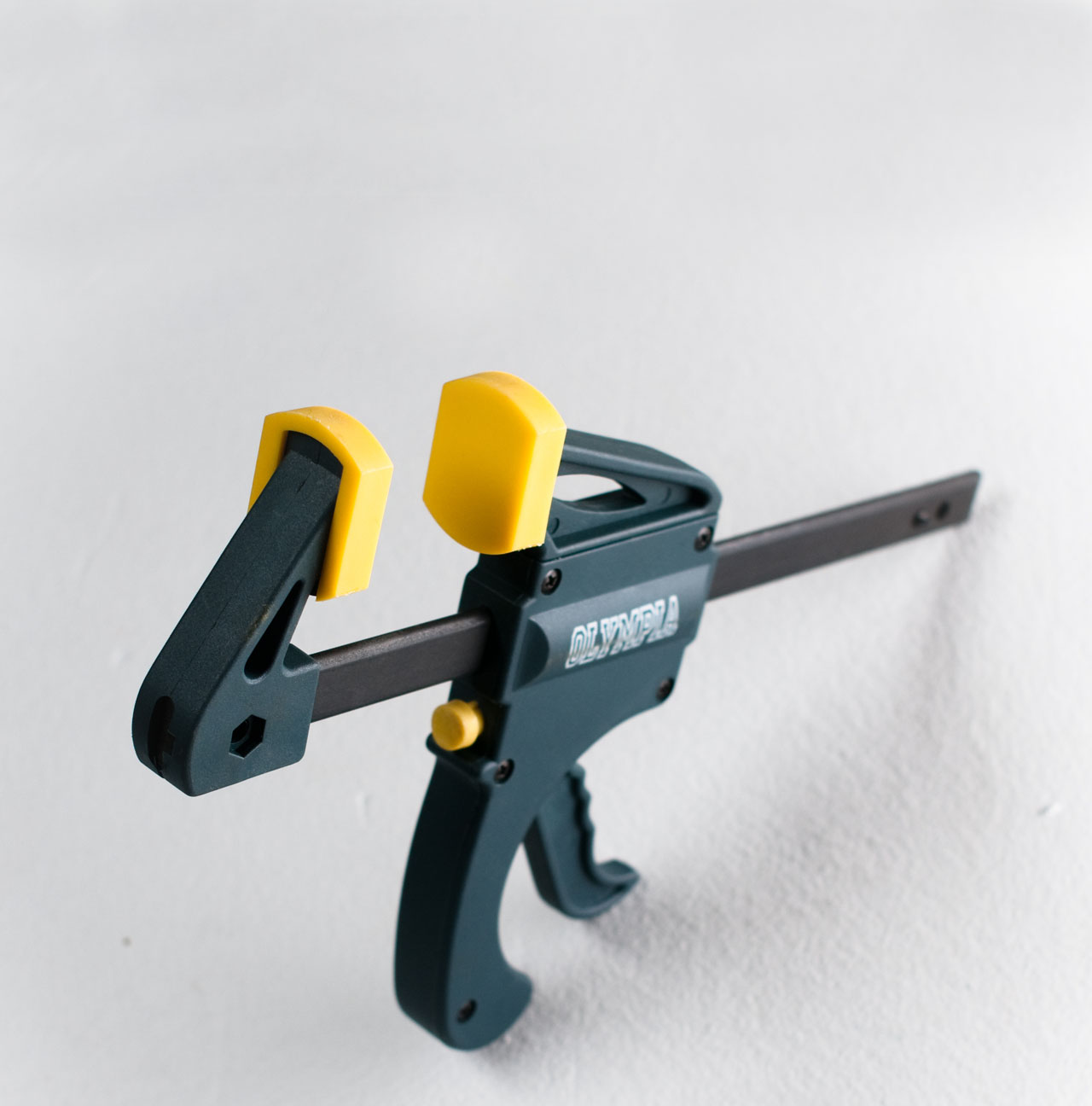
Hand Saw: If you’re not ready for larger-scale construction, most of your cutting needs can be done by hand. Get a general purpose saw with something like 10 teeth per inch. I like a longer saw ( in the 24”––26” range) to make cutting a 2 x 4 fast.

Sqaure: Because you’re using a level, you might as well try to be square as well. This is a good thing. You can opt for a full-on carpenter’s square or get a smaller “speed square” that will fit in your toolbox.

Caulk Gun: In this age of energy efficiency, you’re going to need a caulk gun to help to seal up all of the holes in your house. You can also use it to dispense construction adhesive, concrete patch, roof patch, and a lot more.
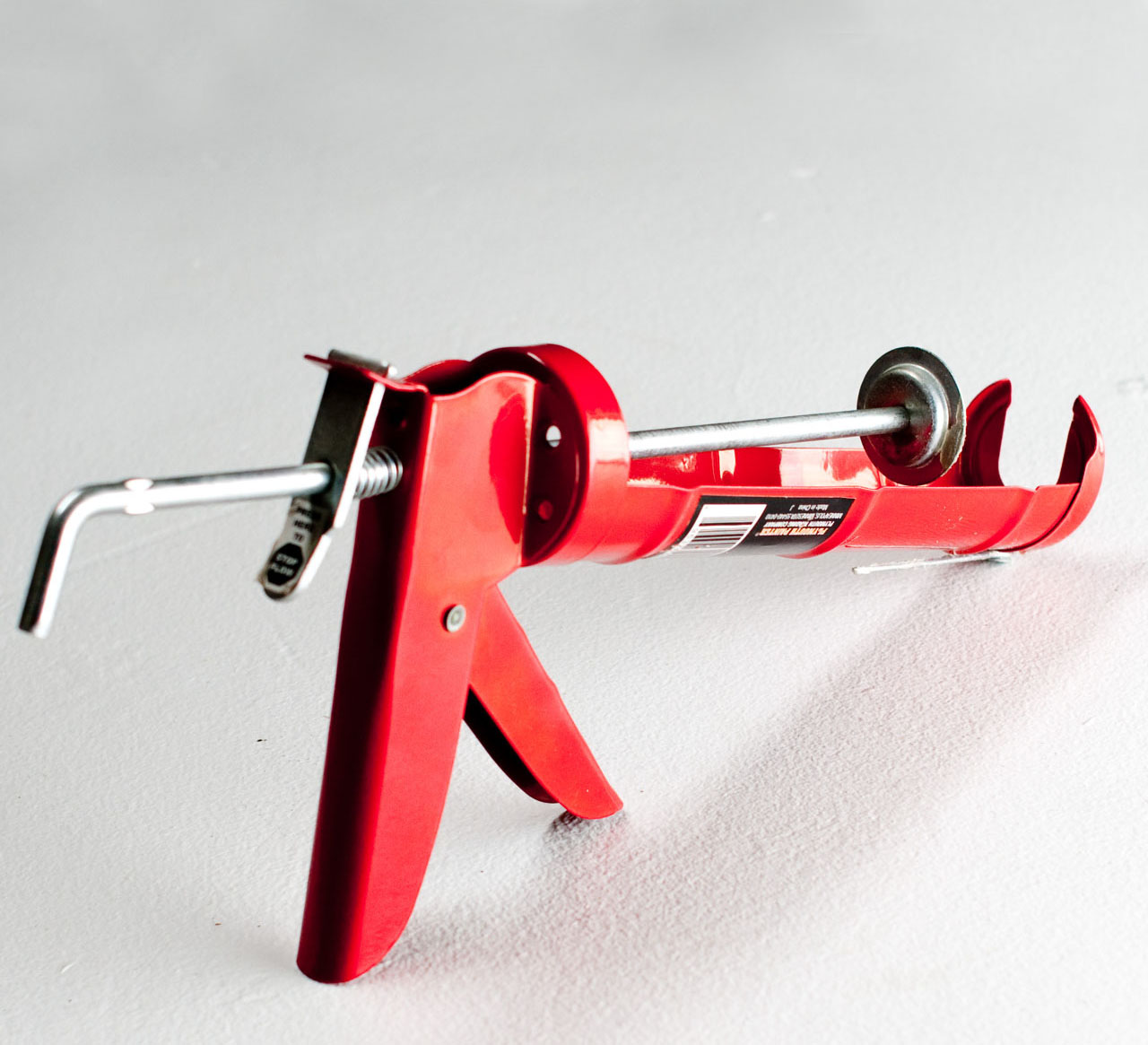
Cordless Drill/Driver: Here’s your first big single purchase, tool-wise. You’ll use this not only to drill holes, but for most of your screw-driving needs as well. I like the light weight of lithium-ion batteries, but they cost a bit more than the NiMh/NiCd versions. With a small set of bits and drivers, you’ll find this the tool you reach for most often.
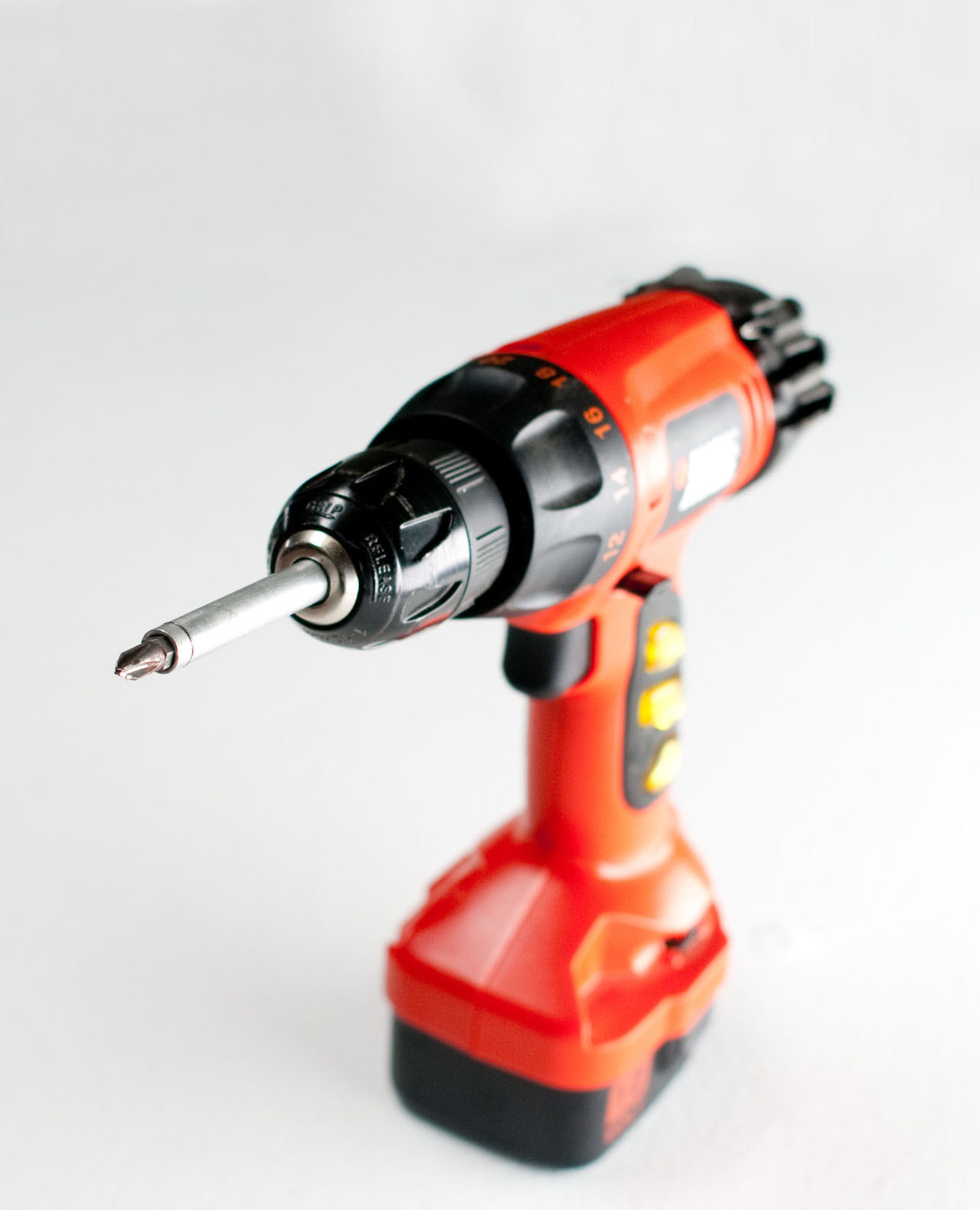
By no means is this list a “one size fits all.” If you’re like most people, you’ll buy tools as you need them. Your toolbox will grow organically through logically (or illogically) justified acquisitions like my diamond grinder. Soon your neighbors will be knocking on your door to borrow some obscure device that only a true do-it-yourselfer would have.
Remember, your sense of curiosity and desire to learn something new is your best tool as a do-it-yourselfer. Even the most high-tech tools won’t get the job done themselves. Critic Robert Hughes once said, “A determined soul will do more with a rusty monkey wrench than a loafer will accomplish with all the tools in a machine shop.”
What fills out your basic DIY toolbox? Did we miss an important tool? Leave a comment below and let us know what hand tools are most important in your toolbox.

Jeff Wilson
Jeff Wilson, author of The Greened House Effect and host of Buildipedia's Everyday DIY series, many HGTV and diy network shows and 25-year veteran of the construction industry, lives with his wife and two daughters in a perpetually half-renovated home in a small college town in Ohio. You can see Jeff’s most recent project, the Deep Energy Retrofit of his 1940’s Cape Cod style home at thegreenedhouseeffect.com.
Website: www.jeffwilsonregularguy.com
